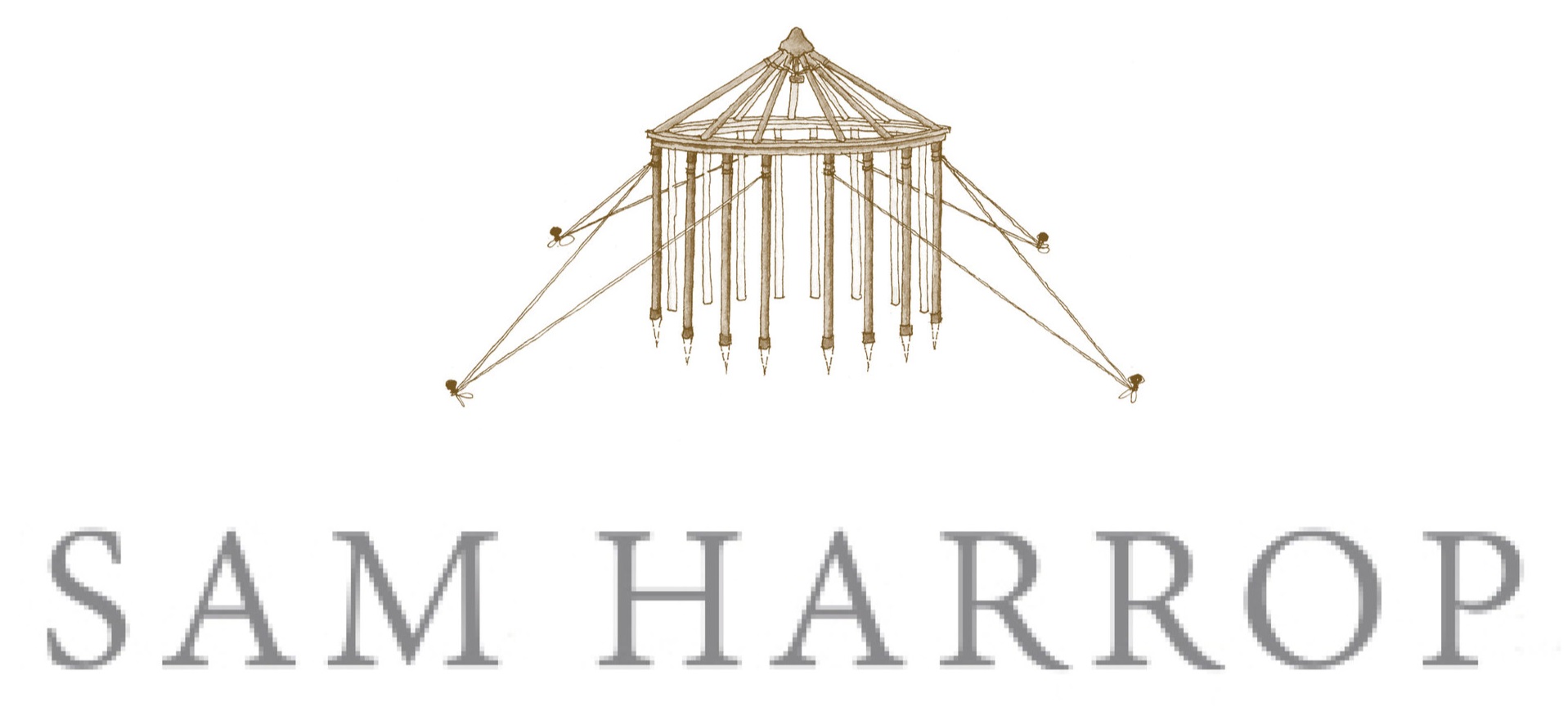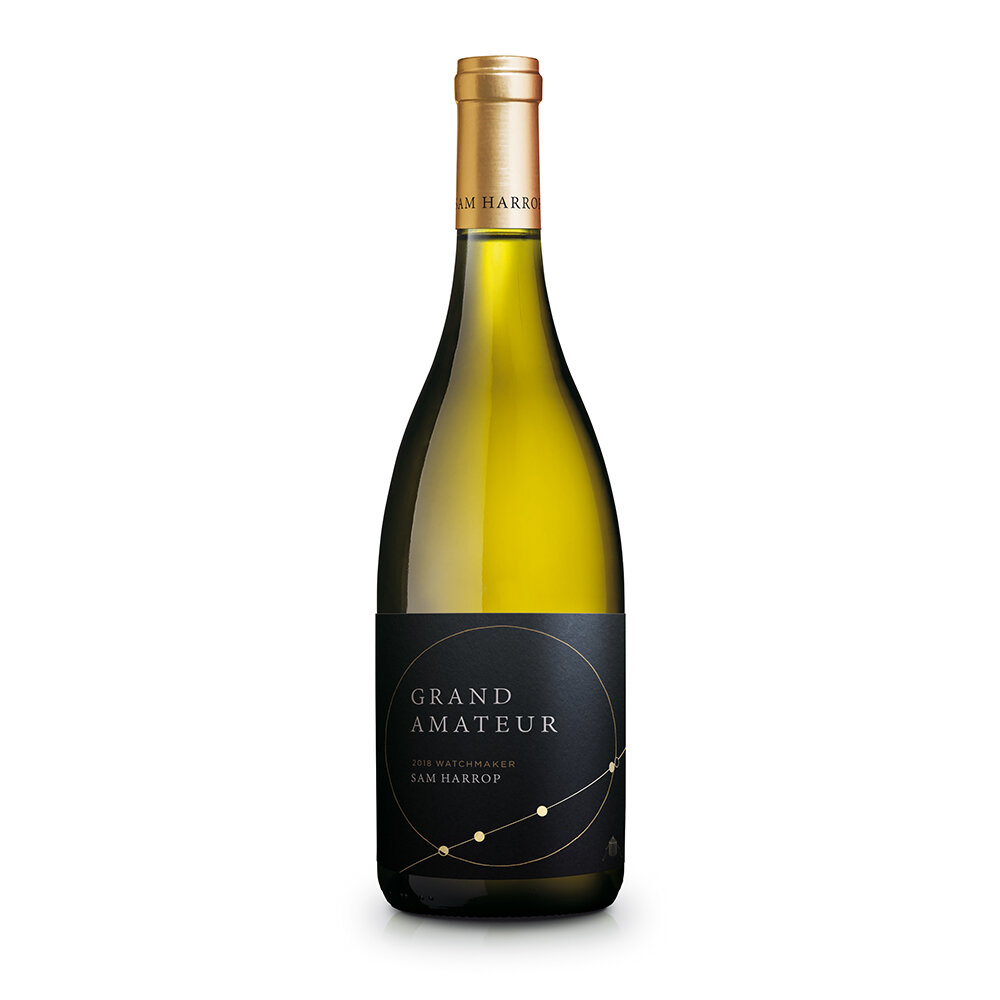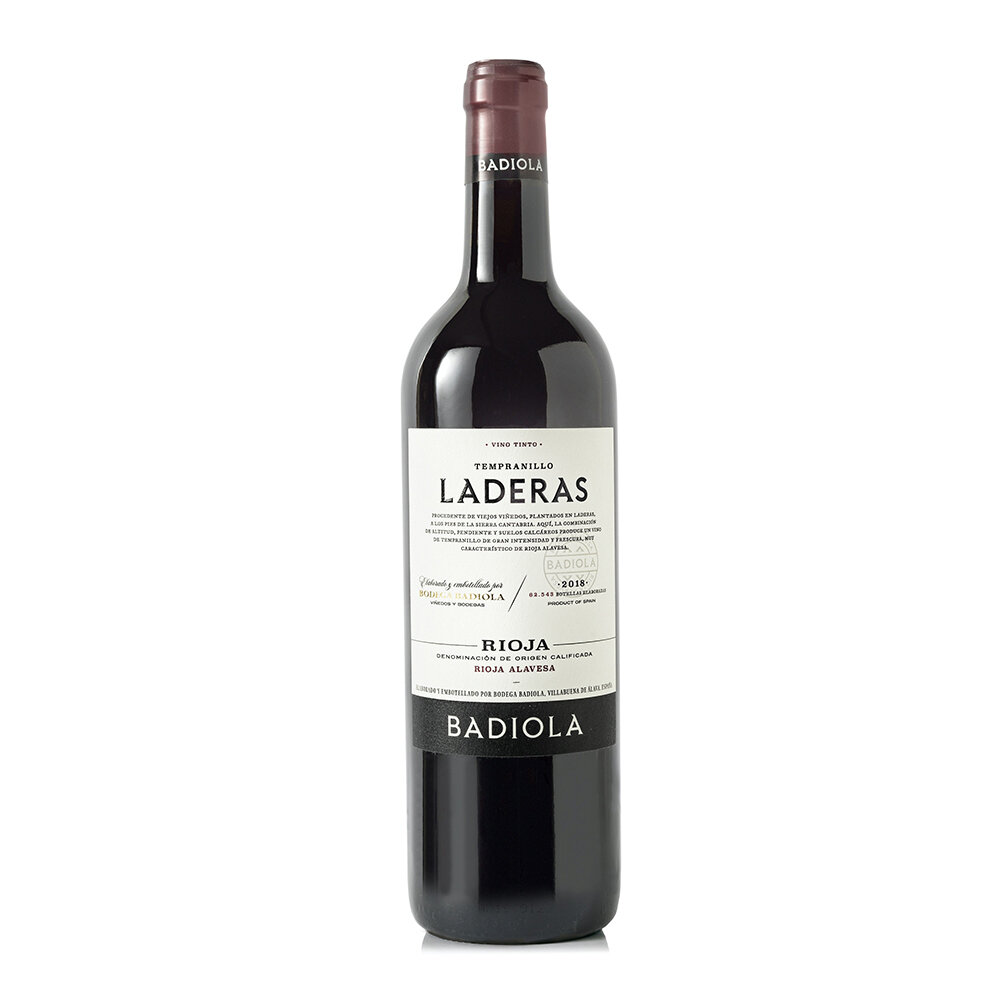Beautiful Simplicity
With Buddha as its poster boy, much has been written on the blessings of a simple life. More recently we have seen a flood of posts on the subject (thanks Facebook) as a result of the dramatic ‘social distancing’ lifestyle we are now confronted with.
Having done a 14-day stint in isolation after a fleeting trip to the UK, I’ve experienced first-hand the platform that solitude provides for reflection. It’s hard to use the term opportunity, in such desperate times, but that’s part of how I view this retreat we are all undertaking. In his epic novel ‘One Hundred Years of Solitude’ Márquez’ wrote “time was not passing….it was turning in a circle”. This recurring ‘moment in time’ that many of us are now experiencing allows us precious time to reflect. With less noise, complication and clutter in our lives we can experience a new-found respect for the beauty that simplicity can provide.
But could this notion of beautiful simplicity also be relevant to wine appreciation?
The wine lover’s lexicon has typically viewed simplicity and its variants as disparaging terms. We have been taught by the experts that the finest wines should be complex - the very antithesis of simplicity. But what if these experts had it all wrong? What if Leonardo da Vinci’s observation, “simplicity really is the ultimate sophistication?” holds sway for wine.
To further explore this in wine, let’s turn to the Eastern artists, poets, architects and craftsmen for inspiration. Shibumi is a Zen ideal that refers to a particular aesthetic of simple, subtle, and unobtrusive beauty. Think Asian calligraphy, wood prints, pottery and even poetry. They all show a sparseness that adds a great deal of quality to the aesthetics. This space presented by Shibumi is vital to the appreciation of the experience or object. In Asia the consumer is expected to fill it with their own imagination. This void, as it is often referred to, can simultaneously enhance the simplicity and the complexity of the work.
There are a number of different attributes an object or experience must display to achieve Shibumi, but the two I find most interesting and relevant to wine are austerity and imperfection. Austerity is quite a trendy concept in fine wine circles right now. I have written previously of the notion that “less is more” and its importance in fully appreciating any site expression or terroir in the wine. The notion of subtlety is a related concept that supports the belief that the power of suggestion is more impactful than full disclosure. A good friend of mine and the only Japanese MW, Kenichi Ohashi, often describes wines that exhibit beautiful simplicity as having a ‘silence’. This state for him is when a wine shows harmony, restraint, sophistication and a sense of peace.
Like Michaelangelo’s David, these wines are naked and exposed…and all the more beautiful for it.
Alongside austerity, a certain level of imperfection is important if we are to understand the beauty of simplicity. It plays with humans’ need for symmetry and control, whereby slight imperfections can tease and intrigue the consumer! For example, a flinty or wet-wool note in a cool climate chardonnay can lift the mineral expression of a site, while the fresh leather aromas in a ripe cabernet blend can provide an evocative autumnal feel. Seen as faulty qualities by the wine scientist, these imperfections, born from rogue microbial activity, play a support role, much like the rolling backdrop of the timpani in an orchestra. They provide colour and shade to the other flavours in the wine. This effect enhances the complexity of what might otherwise be viewed as an overly simple wine.
Making wines that express beautiful simplicity is not easy and demands an exceptional vineyard and a bold winemaker, not afraid to challenge the status quo. It requires a sympathetic approach that respects intuition and methodology in equal measures. The goal of these winemakers is to interpret the vineyard in a glass, as an artist interprets a landscape on a canvas. Rich, ripe, hedonistic, oaky wines may be impressive to some, but they reflect a style rather than a place. It is simply impossible to see the unique qualities of the vineyard with so much clutter in the glass. In essence, incorporating Shibumi principles gives more voice to the terroir.
Beautiful simplicity is easier to achieve in cooler or higher altitude vineyards. Older vines and certain varieties, such as riesling, chardonnay, pinot and syrah are better suited than others.
As a professional, I can trace my journey towards elegance and beautiful simplicity in my winemaking back to 2003 and my first trip to Japan. It goes without saying that Zen aesthetic principles have had a marked impact on the way I view wine quality. One of my greatest joys with the Sam Harrop label is having the freedom to translate those values into a finished product. The result is hand-crafted wines that age exceptionally well, and are far easier on the metabolism.
After all, a night enjoying good wine and company needn't mean you're anything less than sharp the next morning.
Three “Beautifully Simple” Wines
Mount Edward Gamay and Grand Amateur Chardonnay, buy direct from winegrower. Badiola Laderas, call 0800660777 to purchase until available on winedirect.co.nz (coming soon.) All wines also available from Glengarry.



